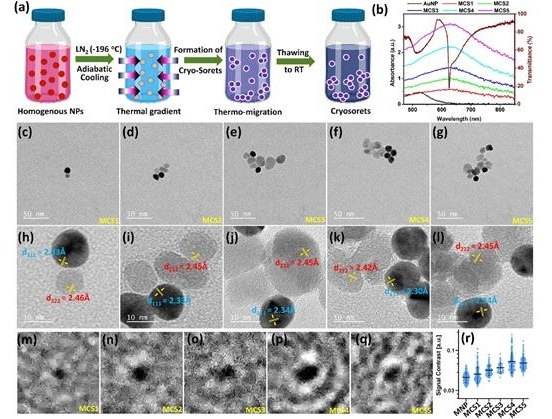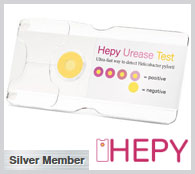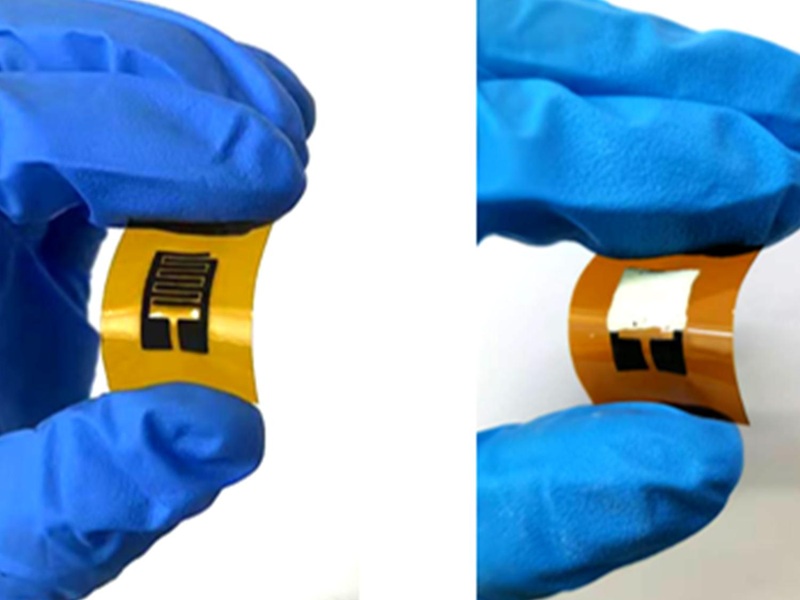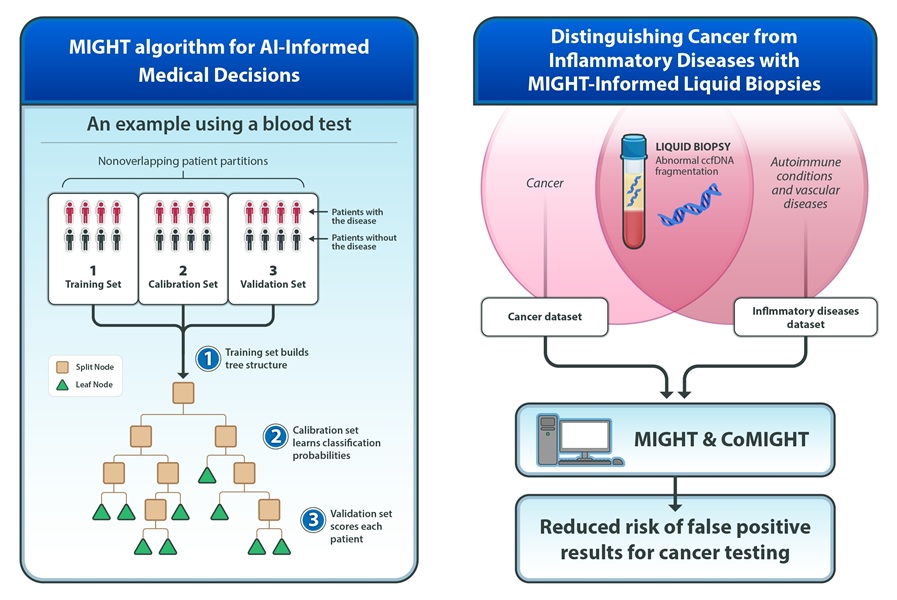Biosensing Advancement to Enable Early Detection of Disease Biomarkers at POC
Posted on 02 Jul 2025
Traditional medical diagnostics often require clinical samples to be sent off-site, leading to time-consuming and costly processes. Point-of-care diagnostics offer a more efficient alternative, allowing rapid, low-cost testing at the site of patient care. However, current biosensor technologies still face challenges in detecting extremely low concentrations of disease biomarkers with high sensitivity and accuracy. One major issue is the fluorescence quenching caused by metal nanoparticles—particularly gold—when they are used to enhance signal detection, which limits the effectiveness of biosensors. Now, a new approach has been developed to overcome this sensitivity barrier by minimizing fluorescence quenching and enhancing detection capabilities for low-abundance biomarkers.
This solution, created by researchers at the Carl R. Woese Institute for Genomic Biology (Urbana, IL, USA), was inspired by photonic crystals found in nature, such as those responsible for the iridescent colors of peacock feathers. These nanostructures manipulate light based on their physical arrangement, not pigments, and have been harnessed for biosensing technologies. Previously, the team developed photonic crystal-based biosensors using gold nanoparticles to amplify fluorescence for biomarker detection. To improve upon this, the researchers introduced a new class of cryosoret nanoassemblies—precisely organized gold nanoparticle structures formed through rapid cryogenic freezing. They then integrated these nanoassemblies with engineered photonic crystals to enhance the fluorescence signal and reduce quenching. Building on this, they further developed magneto-plasmonic cryosoret nanoassemblies, which harness both the electric and magnetic components of light—an approach rarely used in biosensing systems. The team tested the platform using a common fluorophore and demonstrated that this dual-mode interaction achieved ultra-sensitive detection in the attomolar range while minimizing signal loss.

In their study published in MRS Bulletin and APL Materials, the researchers validated their solution, showing a 200-fold fluorescence enhancement compared to photonic crystals alone. These results confirmed that fluorescence quenching had been significantly reduced, improving the sensitivity of detection at very low biomarker concentrations. This hybrid optical platform offers enhanced light-matter interaction control at the nanoscale and could be used to detect biomarkers such as microRNAs, circulating tumor DNA, and viral particles, enabling earlier diagnosis of cancer and infectious diseases. The team now plans to optimize the cryosoret nanoassemblies further and develop intelligent, responsive biosensors with magnetic tunability for point-of-care use. They hope this technology will meet the urgent need for highly sensitive, accessible, and deployable diagnostic systems.
“This work represents a hybrid optical platform where photons are not merely emitted—they are orchestrated,” said Brian Cunningham, Professor of Electrical and Computer Engineering. “This convergence of photonic-plasmonic simulations, advanced nanofabrication, and chemical engineering principles has far-reaching implications, particularly in the realm of medical diagnostics.”
Related Links:
Carl R. Woese Institute for Genomic Biology










 (3) (1).png)


